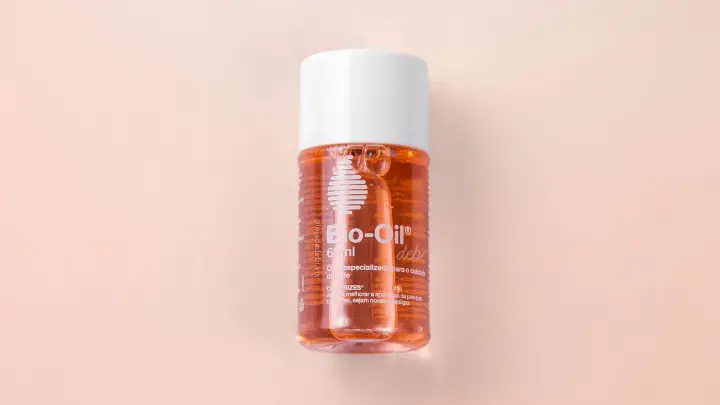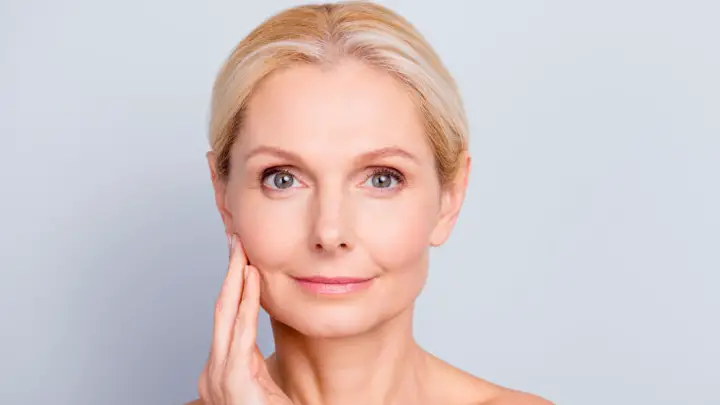Since you’re here reading this, I can safely assume you have a desire to better your skin or at least feel that way. You’re probably wondering how to use face moisturizer properly.
Moisturizing your skin is an essential part of having nice-looking skin. It helps increase hydration, reduce the appearance of fine lines and wrinkles, restore flexibility, and provide a barrier against environmental pollutants.
Follow these simple steps to learn the best ways to use a face moisturizer.
How to Use Face Moisturizer
Step 1: Choose an appropriate face moisturizer
You should select a face moisturizer based on your skin type. If you have dry skin, use a cream or a thick lotion; if you have oily skin use gel or a lightweight lotion. You should also keep in mind that your skin’s needs may change as you age.
Step 2: Wash your face
The second step in applying moisturizer is washing your face to ensure that it is clean. Dead skin cells can clog pores leading to acne breakouts.
Washing your face with a mild cleanser will help get rid of the dirt from the day. If you have pimples, apply an acne-fighting cleanser before washing your face with a normal cleanser.
Step 3: Exfoliate your skin
Exfoliating is important to remove dead skin cells from your face so they don’t clog pores or cause breakouts. You can use an exfoliating cleanser or a scrub to remove dead skin cells.
Exfoliate once or twice a week in gentle circles, starting at your forehead and working toward your chin. Avoid scrubbing too hard because it can damage the surface of your skin or irritate existing pimples.
Step 4: Use a face serum (optional)
Face serums such as retinol, niacinamide, and hyaluronic acid help remove wrinkles, fine lines, and other signs of aging.
They also help restore elasticity to the skin, which results in younger-looking skin, and help improve the tone of your skin as well.
Step 5: Apply face moisturizer
Apply a thin layer of your face moisturizer to your face and neck. You only need a pea-sized amount to cover all areas. Make sure you spread it evenly and don’t forget areas like your ears and throat that tend to get dry and flaky in cold weather or air-conditioning.
Step 6: Apply sunscreen
The last step is to apply sunscreen. Sun exposure is one of the major causes of premature aging of the skin, so it’s important that you protect your skin whenever you’re going outdoors.
Tips for Applying Face Moisturizer Properly
- Use a gentle moisturizing cream or lotion that matches your skin type. Check the labels of face moisturizers to look for the ingredients suitable for you.
- Don’t forget to apply face moisturizer during your nighttime beauty routine to give it time to soak in before you go to sleep.
- Make sure that you are putting your moisturizer on after washing your face and before your makeup. This will allow your skin to soak up moisture and will make your makeup last longer.
- Do not apply too much moisturizer at one time as this could lead to clogged pores and acne breakouts.
- Always rub it into your skin in a circular motion; otherwise, streaks may appear. If this happens to you, just reapply the lotion until it is evenly distributed throughout your skin.
- If you are in your forties or older, consider using a moisturizer with retinol or another anti-aging ingredient. These ingredients help rebuild collagen and skin cells to make your skin look younger and more vibrant.
- Look for products with sunscreen. Using sunscreen with an SPF of 30 will provide you with adequate sun protection while keeping your skin hydrated.
- Be diligent about your application. Applying moisturizer regularly will allow you to reap all the benefits of this simple skincare product. Doing this will help keep your skin looking young and healthy throughout your lifetime.
Types of Face Moisturizers
There are many different types of moisturizers available for your face. Some common types of face moisturizers include:
Creams
Creams offer moderate to heavy hydration and are typically the best choice for very dry skin. They are thicker than lotions and may have more emollients and occlusive agents, which help protect your skin from water loss.
Lotions
Lotions are much thinner than creams but heavier than gels. They absorb quickly into the skin but may not provide as much long-term skin protection as creams.
Gels
Gels provide plenty of moisture, but usually in a lighter form. They absorb quickly, so they’re ideal for oily, acne-prone, or combination skin types.
Oil-Based vs. Water-Based
Face moisturizers can be either oil-based or water-based. Water-based face moisturizers are generally easier to apply to your face and they feel lighter on your skin than oil-based ones do.
Oil-based face moisturizers tend to be more effective at locking moisture into your skin, whereas water-based moisturizers are more effective at attracting moisture to your skin.
If you have dry skin, using an oil-based face moisturizer might be a good option. However, if you have oily, normal, or combination skin, opt for a water-based face moisturizer.
Benefits of Using Face Moisturizer
- Skin protection – Moisturizer helps to protect your skin from environmental damage such as pollution and harsh weather.
- Hydration – When used correctly, moisturizer locks in moisture. This helps to retain the natural oils that keep your skin looking healthy.
- Wrinkle prevention – Applying moisturizer helps to reduce the wrinkles that have already formed and prevent new ones from developing.
- Smoothing – Applying moisturizer helps to smooth and even out the appearance of the skin, reducing dark spots and acne scars.
- Protection against free radicals – Free radicals is harmful molecules that can cause damage to healthy skin cells. By applying a moisturizer with SPF, you can help to protect against this damage.
- Decreased signs of aging – Moisturizers can help improve the appearance of aging skin by preventing further damage and reducing existing signs of aging.
Ingredients to Look For in a Face Moisturizer
When shopping for a moisturizer, start by looking at the ingredient label. Here are some ingredients to look for in a face moisturizer:
Glycerin
You may have noticed that glycerin is often listed as the first ingredient in many face moisturizers. That is because glycerin is a humectant that attracts water from the atmosphere and binds it to your skin.
It works by retaining moisture on your skin thereby preventing skin dehydration.
Ceramides
Ceramides are fatty substances, which are found naturally in the body. When you apply a ceramide-containing moisturizer to your skin, it penetrates the stratum corneum, which is your outermost layer of skin cells.
As it works its way into your skin cells, it prevents them from becoming dehydrated. This keeps your skin soft and smooth for a long time.
Vitamin E
Vitamin E is an antioxidant, and it helps to repair damaged skin cells. It works by protecting your skin from harmful UV rays from the sun by keeping free radicals from damaging your DNA structure.
Aloe vera
Aloe vera is a powerful natural moisturizer that helps hydrate your skin, which makes it ideal for treating dry skin. Because it’s an all-natural ingredient, it won’t irritate or clog your pores.
Antioxidants
Antioxidants neutralize free radicals from the environment that cause cell and tissue damage. They also promote the natural healing process of the skin by helping it regenerate healthy new cells and tissues, giving dull skin a healthy glow.
Beeswax
Beeswax has natural antibiotic effects that work to fight off infections on your skin. It also helps to keep your skin smooth and soft, resulting in a healthy glow that lasts all day long.
SPF
Look for moisturizers that contain SPF 30 or higher if you’ll live in a hot sunny region. If you live in a cold climate where the sun isn’t as strong, choose a product with SPF 15 to protect against the sun’s harmful rays.
FAQs
How often should you apply face moisturizer?
Twice a day. For best results, use a moisturizer at least twice a day once in the morning after you wash your face, and once before bed to ensure that your skin stays hydrated through the night.
Before you put on makeup or any other type of facial product, apply your face moisturizer first. This will help lock in the moisture from the moisturizer and keep your face hydrated throughout the day.
Can you exfoliate before using face moisturizer?
Yes, you can. Exfoliating will help remove dead skin cells so they don’t build up under your moisturizer and cause clogged pores or blackheads.
You may need to use an exfoliant once or twice a week at most, depending on what kind of skin you have. And remember that anything you put on your skin goes into your body, so be sure to choose a product that’s made of natural ingredients.
Can face moisturizers prevent acne?
Yes, it can. Because moisturizers help balance your skin’s natural oils, applying a face moisturizer can keep your pores from getting clogged and causing acne.
This is especially true if you’re using products with salicylic acid, which helps deep-clean pores and reduces oil production.
Conclusion
Face moisturizer is one of the most important skincare products you can use to keep your skin looking and feeling healthy. Applying moisturizer to your face can also help to prevent the formation of wrinkles and fine lines and other skin problems.
Moreover, the best face moisturizers for your skin will have a combination of ingredients that help to lock in moisture and restore the natural balance of your skin.
By taking the time to learn how to properly use a face moisturizer, you’ll not only help your skin look good but also improve the health of your skin over time.
Thanks for reading.
Visit Serum101 to know more about face moisturizers and other skincare products.







